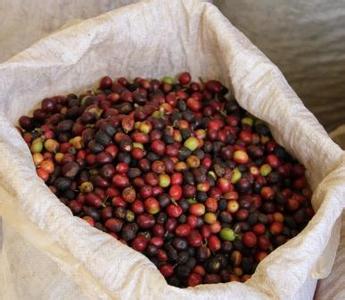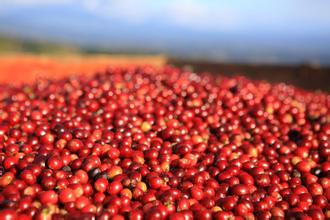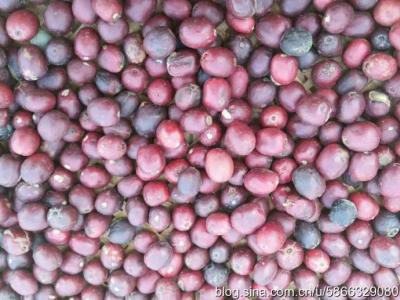A brief introduction to the characteristics of the country of origin of Ethiopian Bancimaji coffee beans
Ethiopia Banqi Maggie coffee beans origin estate characteristics profile
Harar coffee from Ethiopia's southeastern highlands is typical of mocha coffee, with a strong aroma; Habesha coffee has a mild, rich aroma and sour fruit flavor; Astor coffee has a stronger chocolate flavor and acidity.
The estate is owned by Gashaw Kinfe Desta and is very close to Geisha town. Geisha was also the birthplace of the now famous Geisha variety, which is currently common in Panama, Costa Rica, Colombia and Guatemala. It is also because of the popularity of Geisha species that Gesha has been re-emphasized in its homeland. From the time of coffee harvesting, Mr. Gashaw was careful to harvest only fully ripe coffee cherries and dry them on elevated shelves
Ethiopia's Yirgacheffe coffee is petite, but gentle and sweet. As the home of coffee, Ethiopia's millennia of growing and processing traditions have resulted in high-quality washed Arabica beans. Light baked with unique lemon, floral and honey sweet aromas, soft fruit acids and citrus notes, fresh and bright taste. No milk or sugar added, let the rich texture and unique soft floral brush your taste buds
The coffee trees of Yegashefi were planted by European monks and later by farmers or cooperatives. Yegashefi is actually formed by surrounding coffee communities or cooperatives, which generally include: Hafusa, Hama, Biloa
Ethiopia, coffee classification and quality control system is divided into producer, regional and national three levels. All coffees are inspected by local inspection agencies before they leave the country of origin, and then re-inspected at coffee inspection and grading centres in Addis and Diredova to determine their quality grade. Grading coffee before auction and sale is important for all groups involved in production, acquisition, export and consumption. Before export, coffee must also be sent to a national quality control agency for inspection to confirm that origin, color, etc. meet export standards to ensure the reputation of Ethiopian coffee

Important Notice :
前街咖啡 FrontStreet Coffee has moved to new addredd:
FrontStreet Coffee Address: 315,Donghua East Road,GuangZhou
Tel:020 38364473
- Prev

A brief introduction to the flavor and taste of Indonesian West Java coffee beans belonging to Arabica
Description of flavor and taste of Arabica West Java coffee beans [Body]: taste left on the tongue after drinking coffee. The change of alcohol content can be divided into light to light as water to light.
- Next

What's the taste of Ashasha coffee beans in Yega Xuefei G1 Jettip area?
Yejia Chuefei is actually constructed by surrounding coffee communities or cooperatives, including Edido Idido, Hafusa Harfusa, Hama Hama and Biloya near Fog Valley Misty valley, all washed with water, but there are also a small number of off-product beans engraved with sun to enhance the charming fruit aroma and mellow thickness. These mountain villages are foggy, spring all year round, and the summer breeze is slow and cool.
Related
- Detailed explanation of Jadeite planting Land in Panamanian Jadeite Manor introduction to the grading system of Jadeite competitive bidding, Red bid, Green bid and Rose Summer
- Story of Coffee planting in Brenka region of Costa Rica Stonehenge Manor anaerobic heavy honey treatment of flavor mouth
- What's on the barrel of Blue Mountain Coffee beans?
- Can American coffee also pull flowers? How to use hot American style to pull out a good-looking pattern?
- Can you make a cold extract with coffee beans? What is the right proportion for cold-extracted coffee formula?
- Indonesian PWN Gold Mandrine Coffee Origin Features Flavor How to Chong? Mandolin coffee is American.
- A brief introduction to the flavor characteristics of Brazilian yellow bourbon coffee beans
- What is the effect of different water quality on the flavor of cold-extracted coffee? What kind of water is best for brewing coffee?
- Why do you think of Rose Summer whenever you mention Panamanian coffee?
- Introduction to the characteristics of authentic blue mountain coffee bean producing areas? What is the CIB Coffee Authority in Jamaica?

